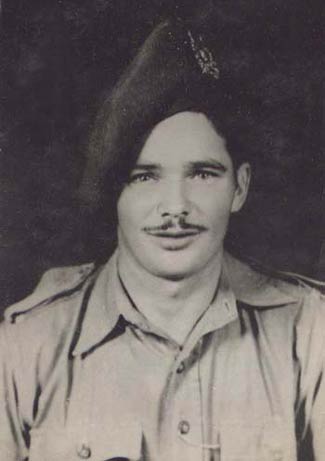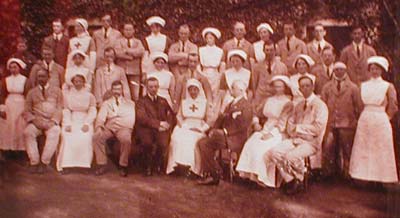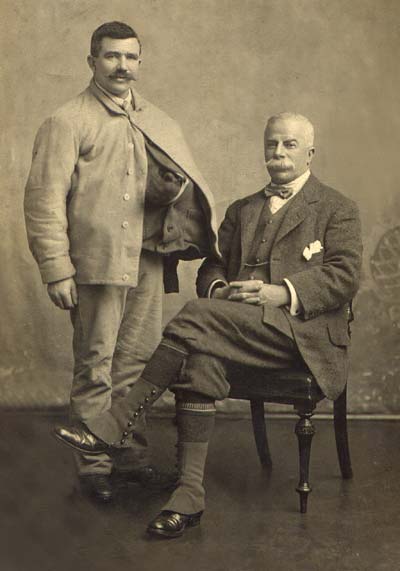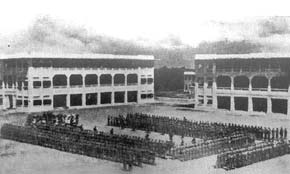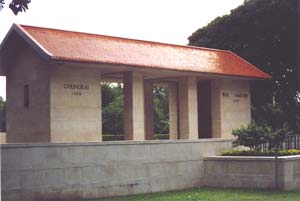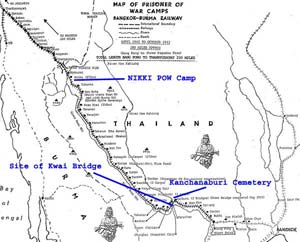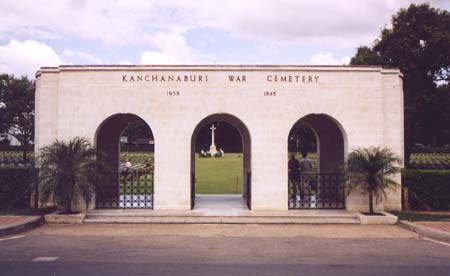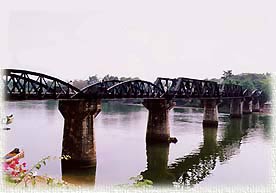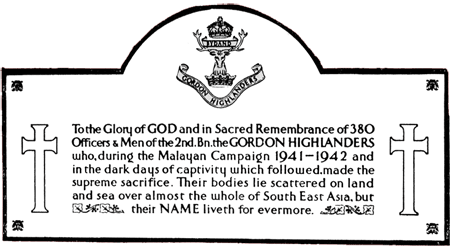|
Pte Alexander
MacDonald, 2nd Batt, The Gordon Highlanders Alexander MacDonald
was born on the 5th of January 1912 at Tarsappie, Muthill in Perthshire
the second eldest of a family of ten. Muthill was the home area of
his parents Sandy and Mary MacDonald, his father being a farm servant
there for a time. Alexander was also known as Sandy or more usually
"Bunt" to his family and friends. It is known that his father
served with The Black Watch during WW1 and received a serious arm
injury on the Somme battlefield in 1916. It is likely he served with
the 6th (Perthshire) Battalion - Territorial Force, who were in action
in the Attacks on High Wood on 20th - 25th July.
Staff and patients
at Leith Hall Auxiliary Hospital c1916 He was to
become one of 540 servicemen who recuperated from their injuries in
the Red Cross Auxiliary Hospital which was established in the mansion
house of Leith Hall in October 1914. This small hospital, and many
others like it throughout the country, provided splendid nursing care
and relieved the pressure on the main hospitals during The Great War.
It was ably run by the Laird and Mrs Leith Hay until it closed in
March 1919.
Sandy Macdonald
and The Laird at Leith Hall 1916.
It it well known that the Laird, Mr C.E.N. Leith Hay took a very keen interest in his patients and this accounts for Sandy MacDonald, Snr bringing his family from Perthshire to Kennethmont and working for him on being invalided out of the army. The family had no other links with the area. In the 1917-18 Valuation Roll he is the occupant of a Gardeners Cottage at Leith Hall, his occupation is given as a soldier. Still a soldier in 1919 the family are living at Rannes Cottage and by 1922 have moved to another Estate house at Pittendreigh where they remained until C.E.N. Leith Hay's death in 1939. While employed at Leith Hall Sandy MacDonald was the Laird's chauffeur and handyman. He then worked in this capacity for Major Barclay-Milne at Logie Estate, Pitcaple and lived at Whiteford. He was working as a gardener on his retiral.
Further
details of the construction of The Burma Railway can be found at |
||||
